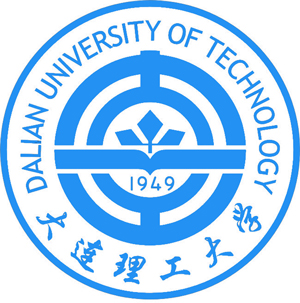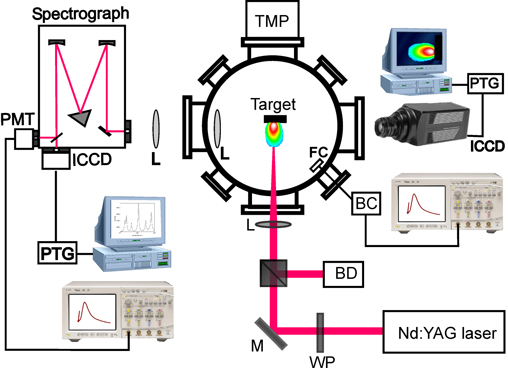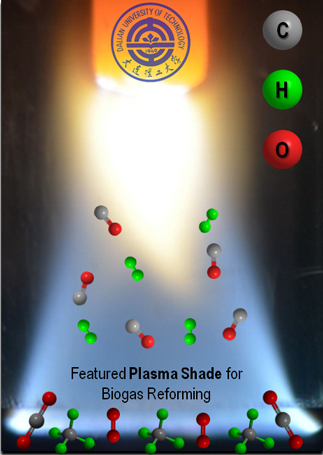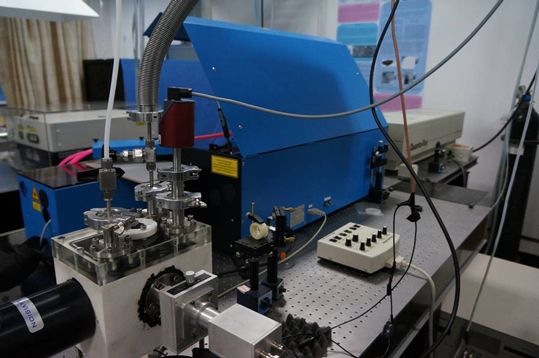 |
State Key Discipline: Plasma Physics in Dalian University of Technology 2014, Volume 9, Number 2 |
|---|
Plasma physics discipline in Dalian University of Technology (DUT) was founded in 1980s, and won the state-council approved master’s program and doctoral program in 1993 and 1998, respectively. It was awarded the state key discipline in 2011and granted the privilege again in 2007. The plasma physics in DUT was also the state-key-discipline in the national 211- and 985-projects.
The plasma physics in DUT has won good reputation worldwide in the research subareas low pressure rf plasmas, atmospheric pressure plasmas, magnetically confined plasmas, plasma-material interactions, plasma-technology applications, etc. by having done many excellent research works and published a large number of high-quality papers in journals such as Nature Physics, Physical Review Letters, Applied Physics Letters, Plasma Source Science and Technology, and Physics of Plasmas. It has been bestowed a number of Provincial and Ministerial Level Awards on its achievements.
The plasma physics in DUT has undertaken many important national research projects, e.g., the National Key Basic Research Program of China, Special Program for Important National Science and Technology, the National Magnetic Con?nement Fusion Science Program, the State Key Program of National Natural Science Foundation of China, etc., with annual income of research funding up to 10 million CNY.
There are now 17 professors, 11 associate professors, and 7 lecturers in the plasma physics, DUT, of which one was awarded "Yangtze river scholar"; one "Liaoning province discipline talent"; three "the new century talents by Ministry of Education" and one "specially invited professor".
Annually, thirty master and twenty PhD students or so are enrolled in the discipline. Among the graduated PhD students, two of them were nominated for the "National excellent doctoral dissertation prize", three and four of them were awarded the "Liaoning province excellent doctoral dissertation prize" and "Shih-Tung Tsi’s prize for plasma physics", respectively.
Physics of Low Pressure Radio-Frequency Plasmas: For better utilization of plasma processing in the industries of semi-conductor chip and solar cell, the discharge characteristics of low pressure radio frequency (RF) plasma sources are investigated. The research activities include the self consistent simulations of multi physics field coupling mechanism occurring in the plasma and the relevant experimental diagnostics. Three types of RF discharge reactors are established, i.e., large-area very high frequency capacitively coupled plasma, dual frequency capacitively coupled plasma and inductively coupled plasma. Proprietary intellectual property code, i.e., multi-physics analysis for plasma sources (MAPs), is developed. By using the model and the experiment tool, specific physics processes such as discharge mode transition, stand-wave effects and collision-less electron resonant heating mechanism etc. are examined.
Physics of Atmospheric Pressure Plasmas: The main research fields are atmospheric pressure direct current, mid-frequency, radiofrequency, microwave and nanosecond pulsed discharge plasmas. The physics study includes discharge mode transformation, discharge instability, the effect of strong magnetic field, and the coupling mechanism of plasma with the aerodynamics. The applications of the plasma sources are surface treatment, airflow control, plasma biologic and medicine.
Magnetic Confinement Plasma Physics: For a better understanding of the experimental observations in the magnetic confinement Tokamak devices, large scale numerical simulations on the core and edge plasma instabilities are conducted. The research interests involve macro-scale magnetohydrodynamics instability, micro-scale turbulence instability, as well as multiple scales interaction. The numerical and theoretical results are in agreement with the experimental observation and hence can provide a deep understanding in the underlying processes for experiments.
Physics of Edge Plasma in Tokamak: The major effort of studying the edge plasma, the interface between the core plasma and plasma-facing components (PFCs), is to find a solution for Plasma Surface Interaction (PSI) in future fusion devices such as ITER. Using simulation methods, edge plasma group works mainly on the PSI-related issues, such as diverter plasma and scrape-off layer (SOL) plasma, plasma detachment, plasma transport, fuel retention, erosion and deposition of plasma facing materials, and impurity transport. Apart from developing PSI-related codes of its own, like EPPIC, HIIPC, and SURO, it also employs worldwide used codes such as SOLPS, ERO and BOUT++ to study common and specific issues of different fusion devices. In addition, another effort of the edge plasma group, integrating its own developed codes with famous fluid model codes, is under way.
Experiments and diagnosis of plasma-wall interactions in Tokamak: The main focus is laser induced breakdown spectroscopy (LIBS) for diagnosing the plasmas wall interaction, which is one of the major issues in the magnetic confined nuclear fusion device (Tokamak). One big challenge of LIBS is the extreme discharge condition, i.e., very low pressure and meanwhile very strong magnetic field in Tokamak such as EAST. The studies involve two-dimensional deep analysis of multilayered plasma facing component (PFC) in the Tokamak environment. Moreover, the linear correlation approach is applied for improving the accuracy of depth profile analysis and identifying the interface boundary absolutely between the deposition layer and the substrate for the first time (see Fig. 1). This would help us to develop LIBS technique to monitor the fuel retention and impurity deposition on the first wall of EAST.

Fig. 1 LIBS Experimental Setup for plasma Wall interaction.
Applications of Plasma Technologies: The orientation is aimed at environmental, energy and chemical applications of low-temperature plasmas. The research interest is focused on i) plasma catalysis for removing gaseous pollutants, ii) plasma reforming of biogas, natural gas and greenhouse gas, and iii) atmospheric pressure plasma chemical vapor deposition for synthesizing nano-TiO2photocatalyst. Especially, a novel technology of VOCs by using a cycled storage-discharge (CSD) plasma catalytic method and a featured spark-shade plasma reactor for biogas reforming (see Fig. 2) is invented.

Fig. 2 Plasma reforming of biogas.
Plasma Diagnoses and Low Temperature Plasma Sources: The main focus is the development of novel EM diagnostic methods and the utilization of micro/nano second imaging to characterize various discharge processes. Optimizations are performed for interested low temperature plasma sources including nano-second pulsed under water discharge, pulsed RF atmospheric pressure glow discharge, ultra-low pressure larger-area uniform RF inductively coupled plasma, and industrial-scale uniform VHF.
Novel Laser-Based Plasma Diagnostic Technologies: Novel technologies like Laser Induced Fluoresce spectroscopy (LIF) , laser Cavity Ring-Down Spectroscopy (CRDS), Laser-Ionization Molecular Beam Time-Of-Flight Mass Spectrometry (LI-MB-TOF MS), Laser-Probe Mass Spectrometry (LP-MS) and Collective Thomson Scattering Spectroscopy (CT-SS) are being developed for diagnosis of plasma parameters (temperature, density and energy distribution) and reactive species such as radicals as well as meta-states in the desired quantum states (see Fig. 3).

Fig. 3 LIF plasma diagnosis apparatus.